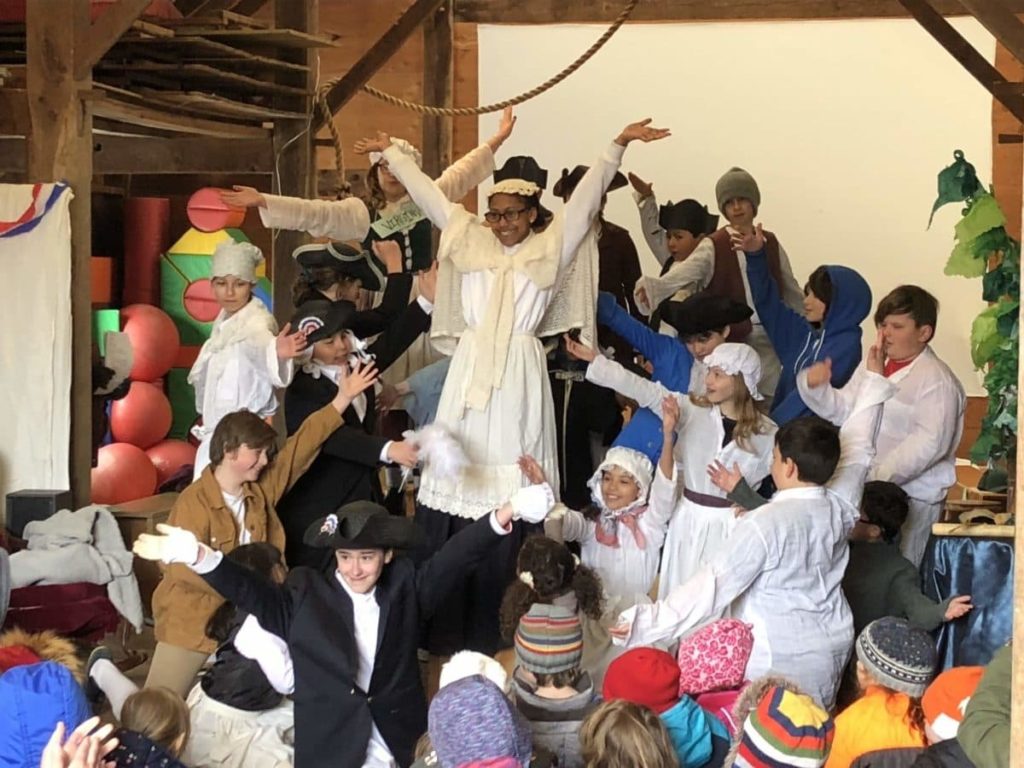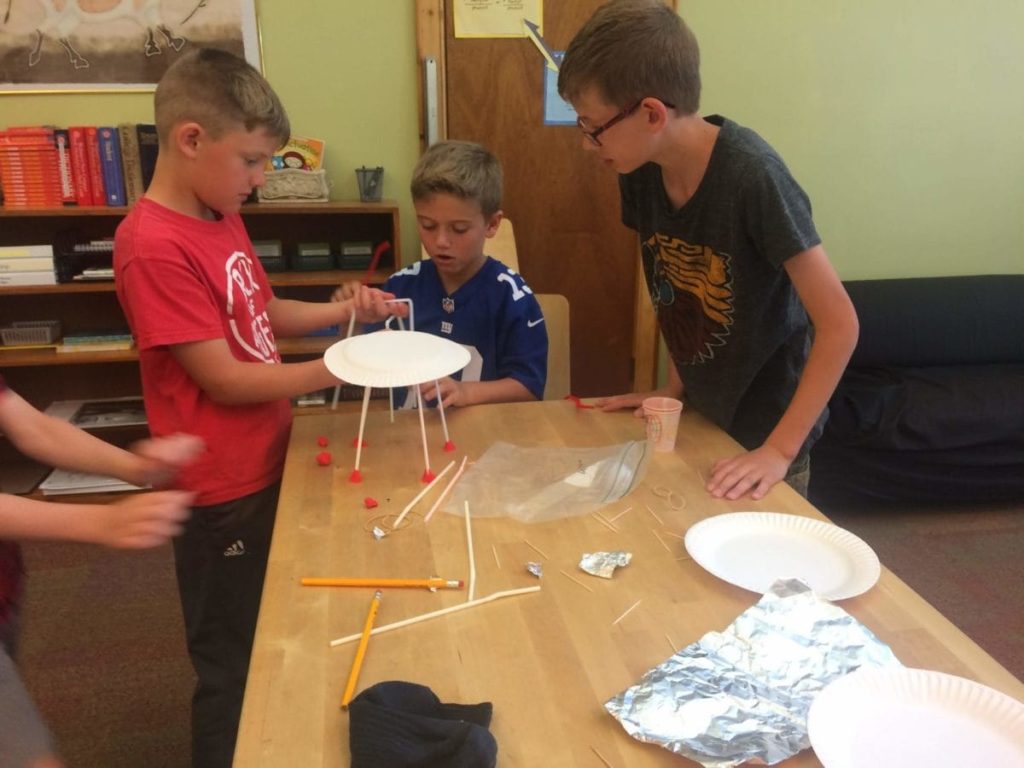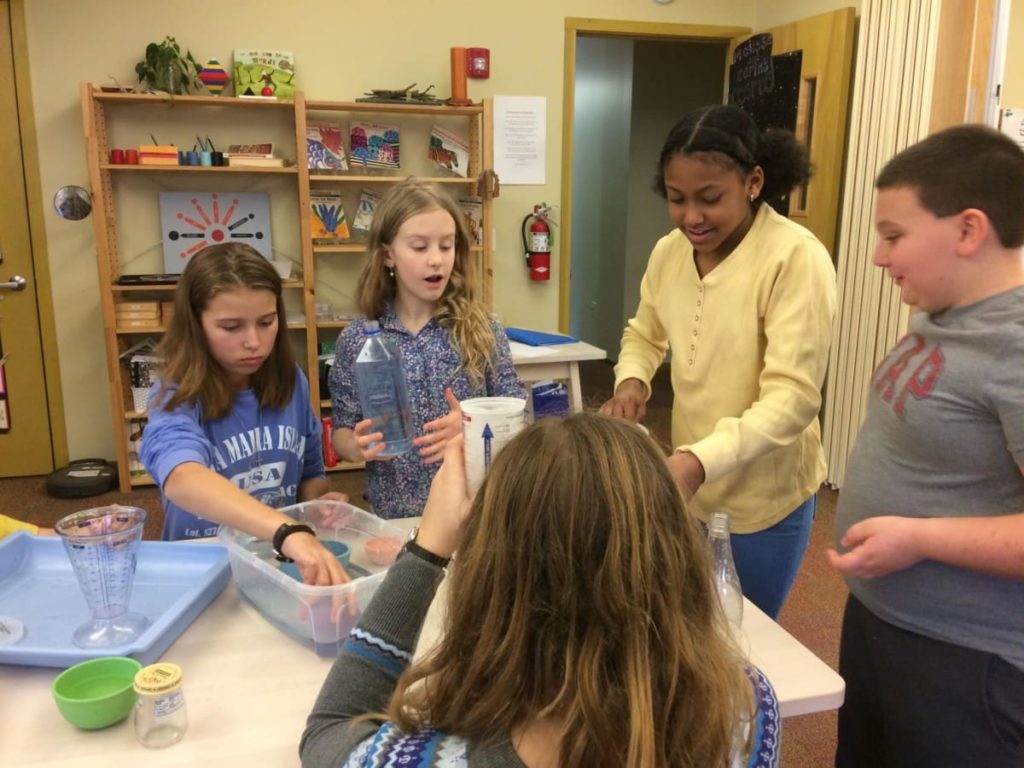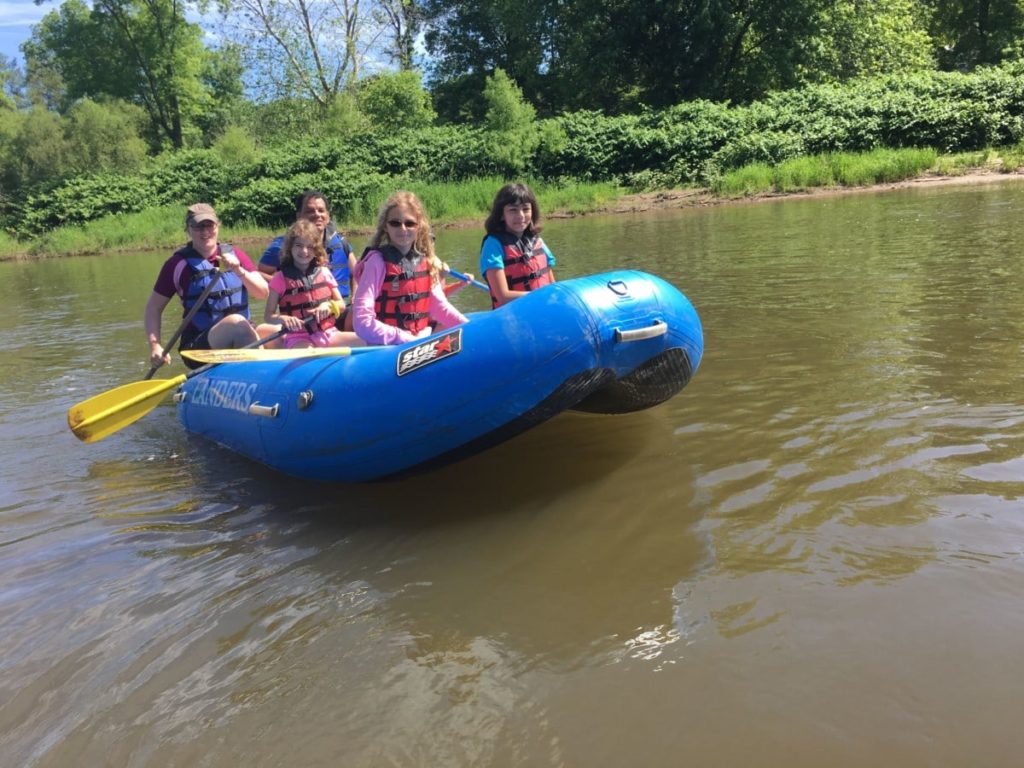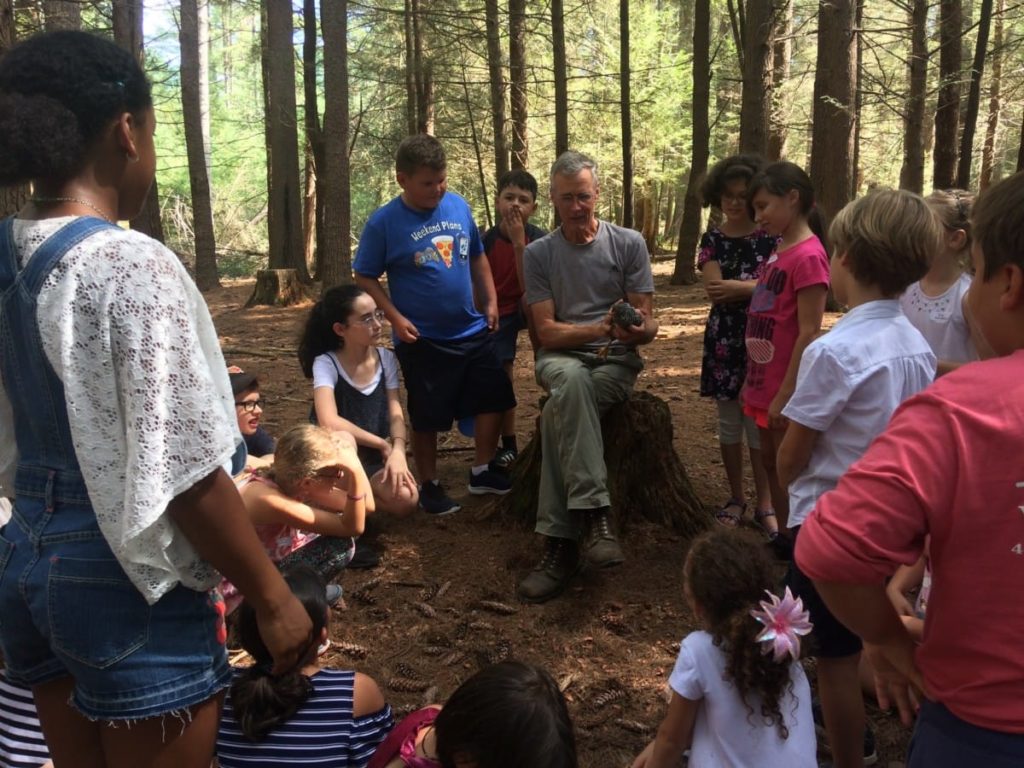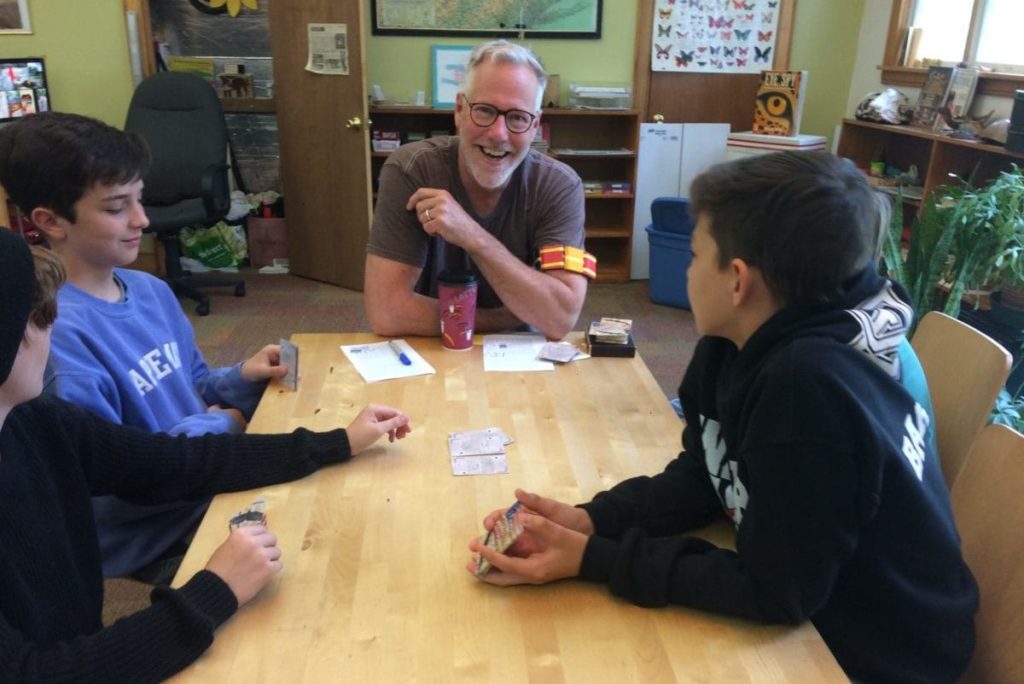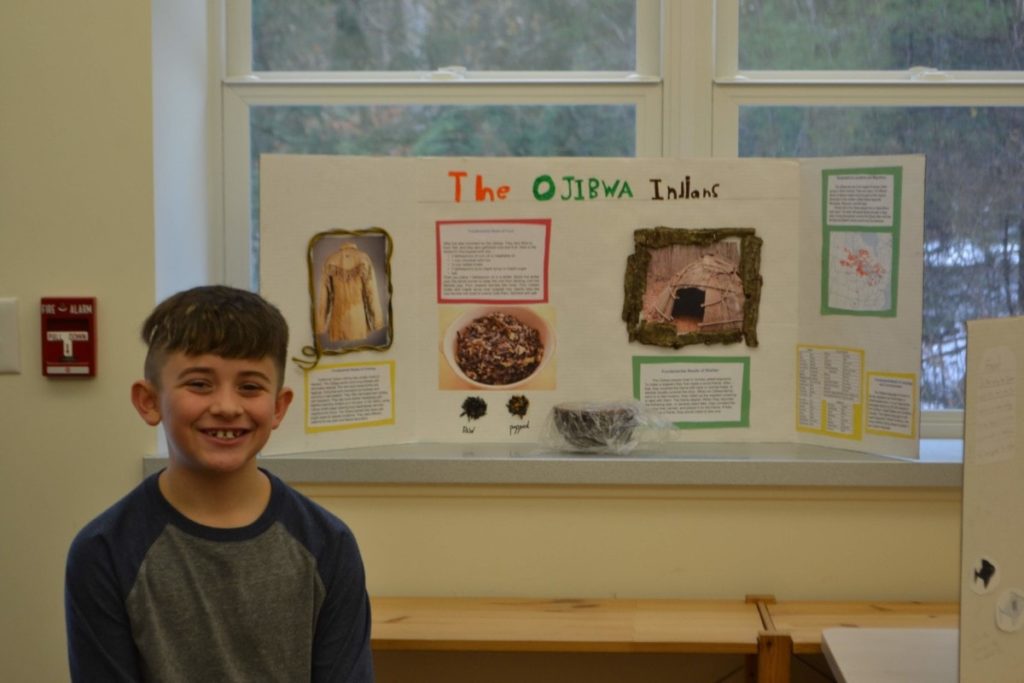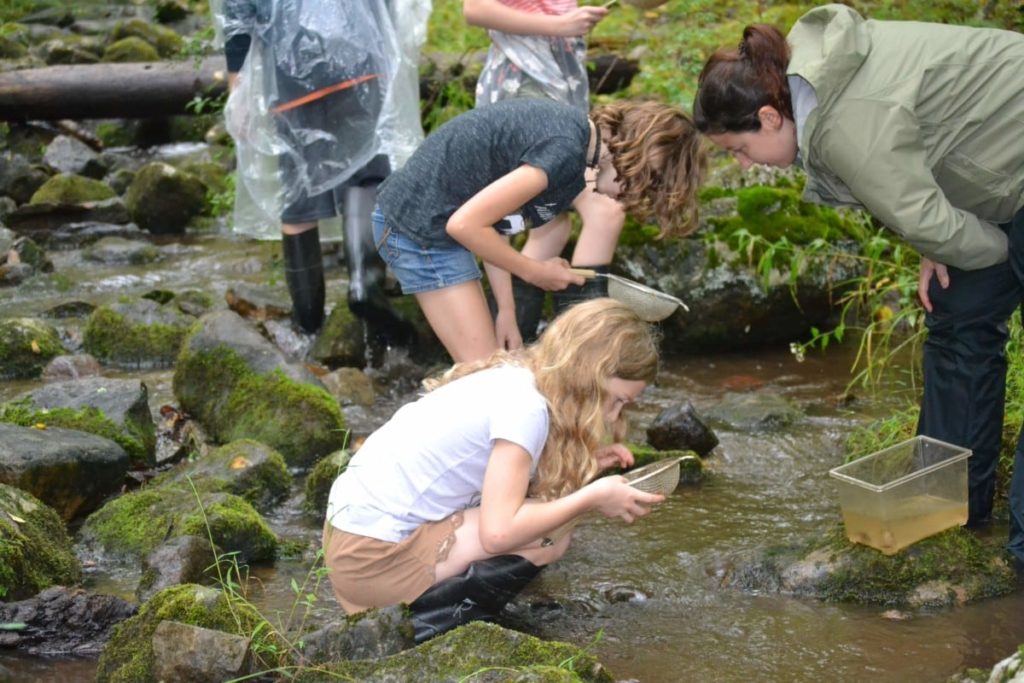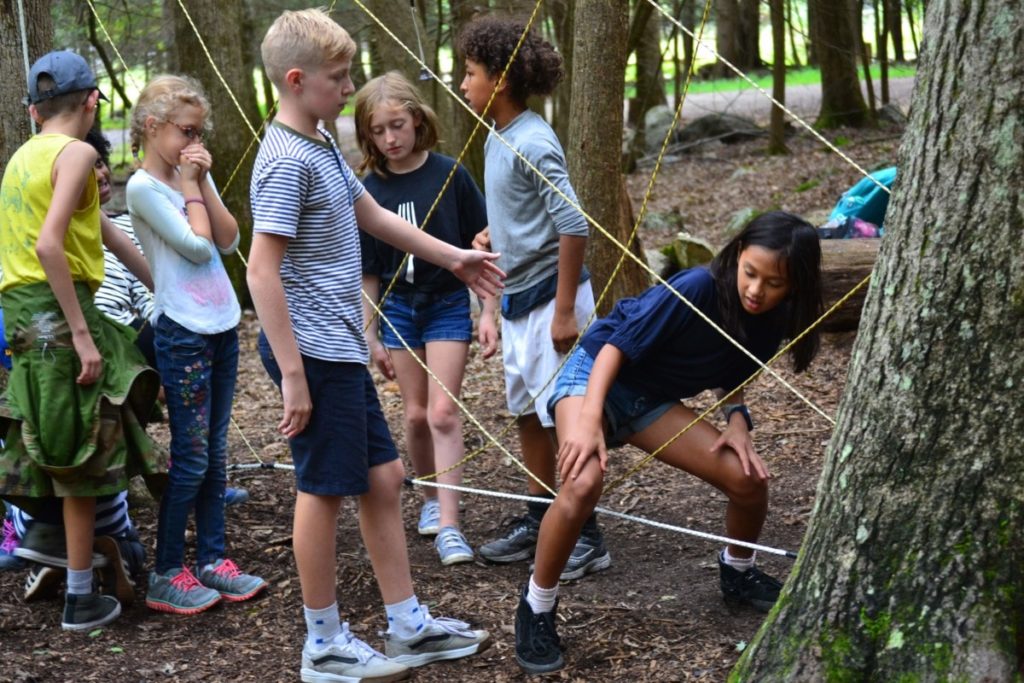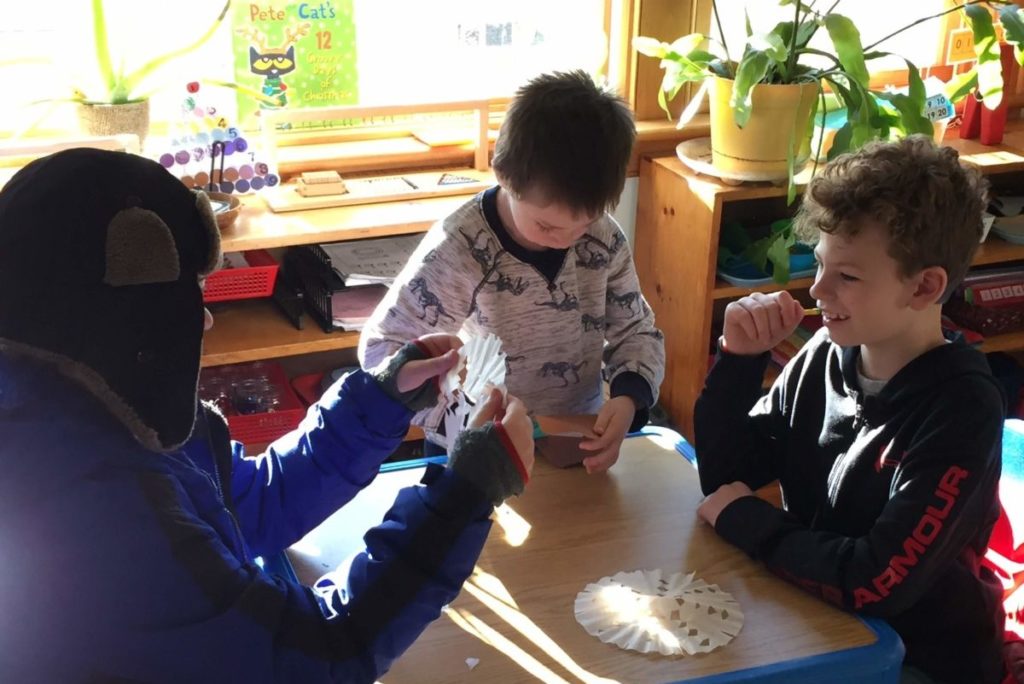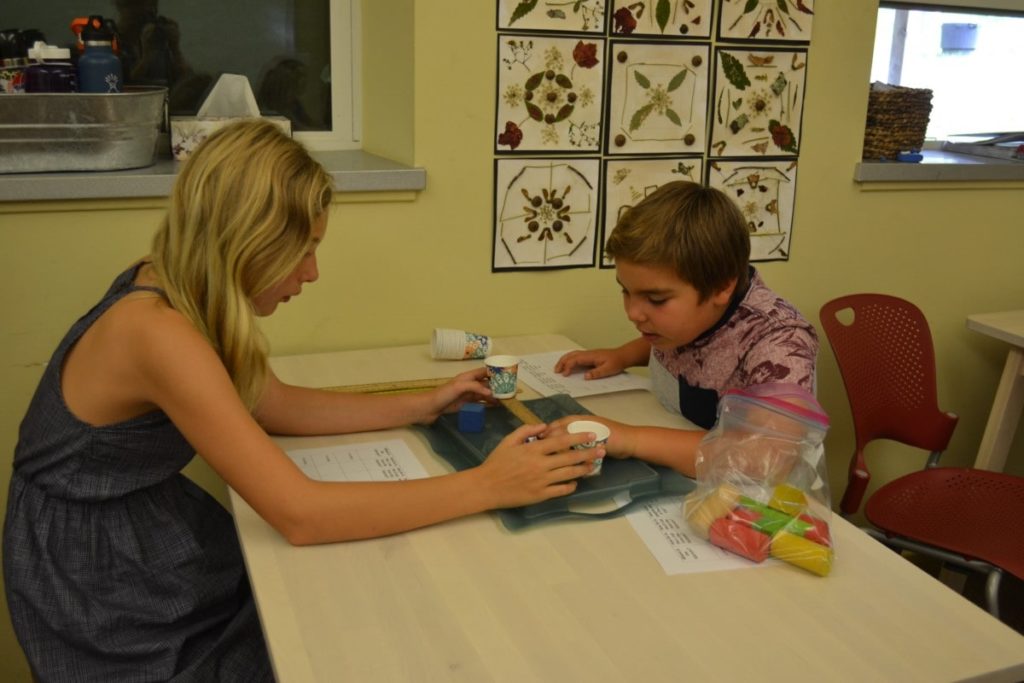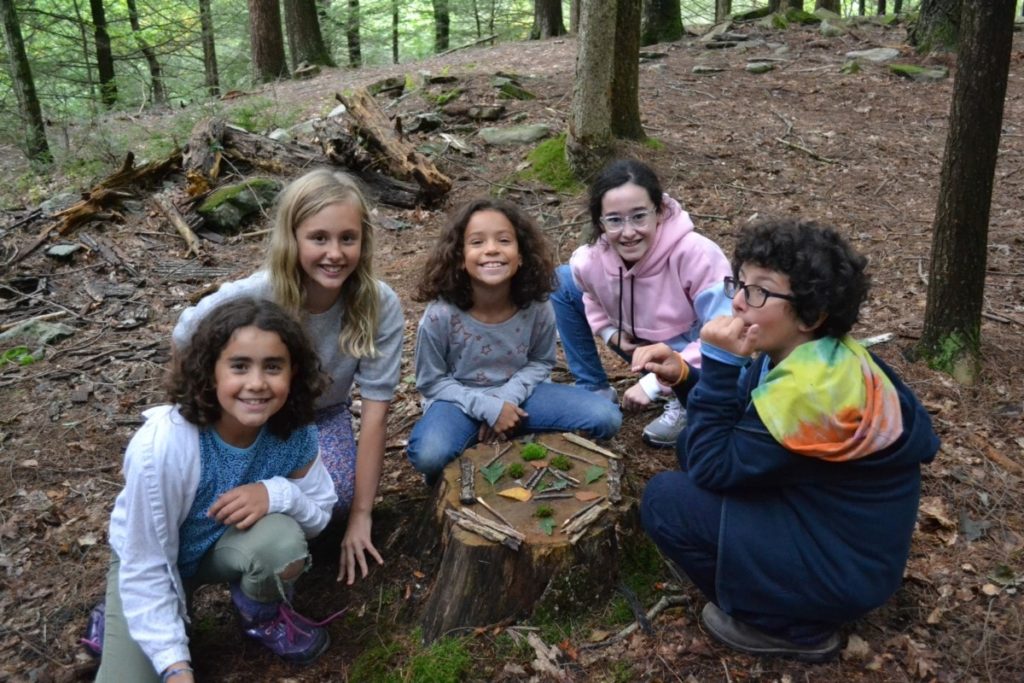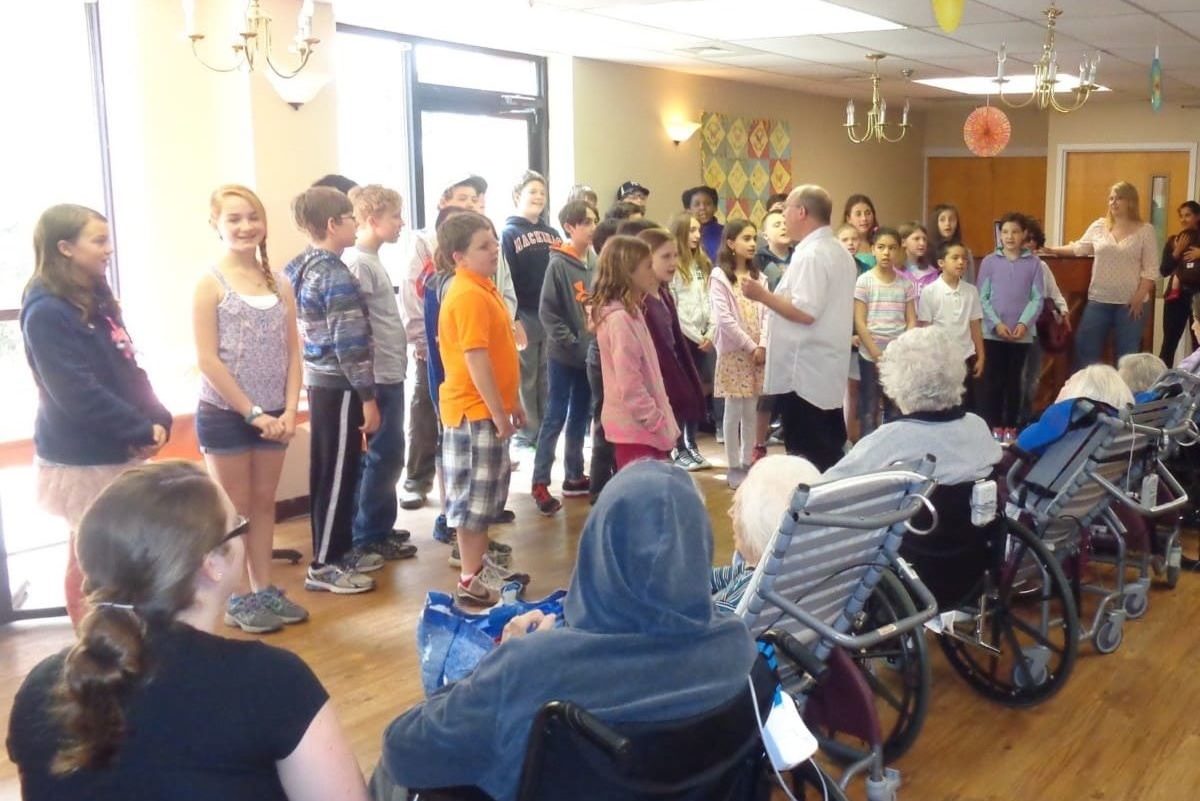Our three-year program is based on Maria Montessori’s method for what she referred to as the second half of the second developmental plane. Her first plane of development covered birth to age six. The second plane extends from age six to twelve, and the third plane is from twelve to eighteen.
Our upper elementary students are consolidating their childhood development, leading up to the cusp of adolescence. The three-year, multi-age classroom is a hallmark of authentic Montessori schools. Our 4th year students are excited about joining the older children and the advanced subjects at this level; the 5th-years, who are coming into their own now, are typically our more confident and conscientious Upper El workers; while the 6th-year “elders” spend their third year with us developing and applying their leadership skills while expanding their expertise within the enriched elements of the curriculum.
“Montessori classrooms work well when the teacher understands the necessity of continually appealing to children’s innate behaviors that lead to their adaptation to society and, ultimately, the possibility of changing that society.” — Paula Polk Lillard, Author on Montessori

